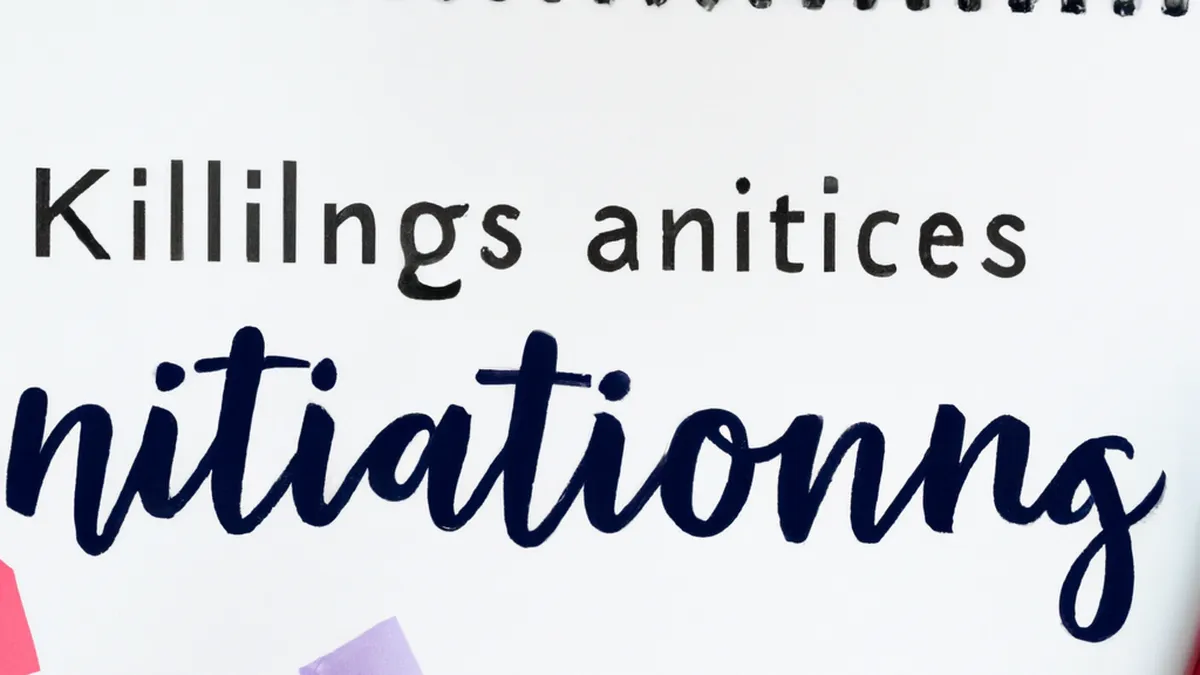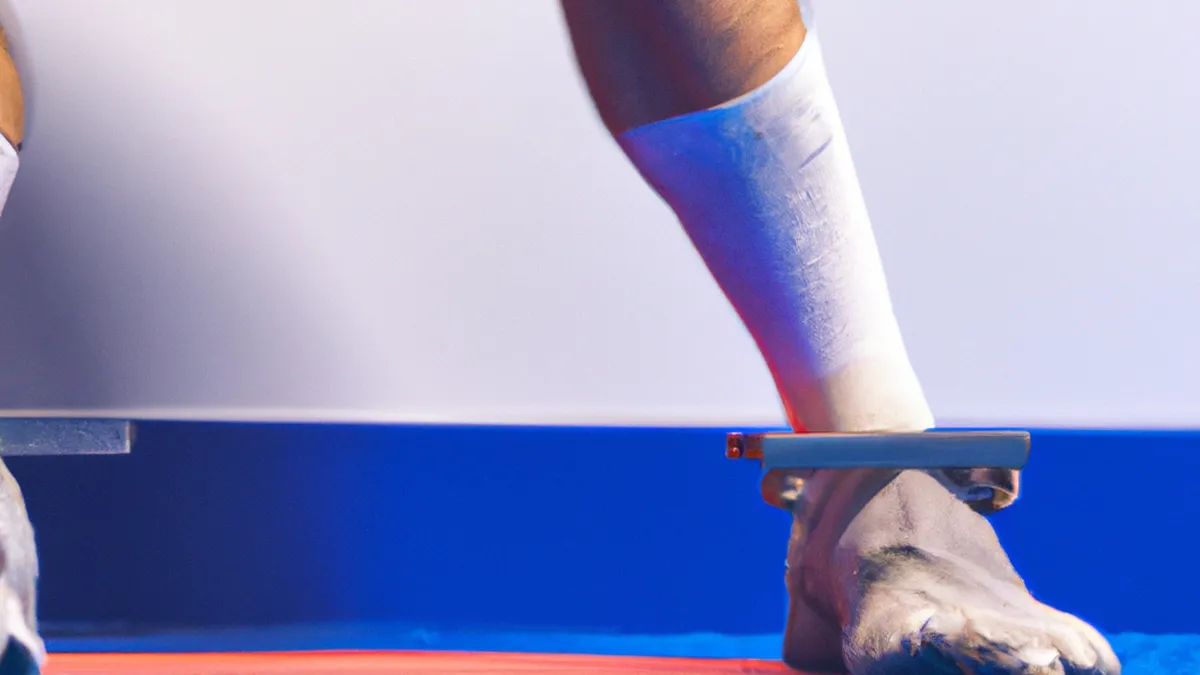Stabilize Your Game with These Drills
Core Stability Exercises for AthletesAthletes focus on strength, speed, and endurance, but core stability is also crucial. The core includes muscles in the abdomen, back, and pelvis that support the spine and maintain posture. A strong core enhances athletic performance, improves balance, and reduces injury risk. This post highlights effective core stability exercises for athletes, their benefits, and training tips.
Understanding Core Stability
Core stability means maintaining torso control during physical activities. It involves major abdominal muscles and smaller stabilizing muscles that support the spine and pelvis. Compromised core stability leads to poor movement patterns, decreased performance, and higher injury risk.A stable core provides a solid base for efficient arm and leg movement. Whether running, jumping, or throwing, a strong core allows athletes to transfer energy effectively. This energy transfer maximizes performance, enabling athletes to generate power and maintain movement control.
Essential Core Stability Exercises
As an Amazon Associate I earn from qualifying purchases.
Gear tip: consider running shoes, gps running watch, and insulated water bottle to support this topic.
Here are several effective exercises targeting core stability for athletes. Each exercise enhances strength, coordination, and endurance.
1. Plank Variations
The plank is a fundamental core exercise. To perform it, lie face down, lift your body off the ground, and support yourself on your elbows and toes. Keep your body straight from head to heels. Hold this position for 30 seconds to one minute, engaging your core and leveling your hips.To increase difficulty, try side planks. Lie on your side, support your body with one arm, and stack your feet on top of each other. Lift your hips off the ground, creating a straight line from your head to your feet. Hold this position for 30 seconds before switching sides. These variations strengthen the core and enhance lateral stability, essential for many sports.
2. Dead Bug
The dead bug effectively activates your core while maintaining stability. Lie on your back, arms straight up toward the ceiling, and knees bent at 90 degrees. Slowly lower your right arm and left leg toward the floor, keeping your lower back pressed into the ground. Return to the starting position and switch sides.This exercise trains your core to stabilize while your limbs move, mimicking athletic movements. Focus on controlled movements and breathing to maximize effectiveness.
3. Stability Ball Rollout
Using a stability ball challenges your core training. Kneel on the floor with a stability ball in front of you. Place your hands on the ball and roll it forward.
Conclusion
Incorporating core stability exercises enhances athletic performance and reduces injury risk. Focus on these exercises for effective training.
Below are related products based on this post:
FAQ
Why is core stability important for athletes?
Core stability is crucial for athletes as it supports the spine and maintains posture, which enhances overall athletic performance. A strong core improves balance and reduces the risk of injuries, allowing athletes to execute movements more efficiently.
What are some effective core stability exercises?
Effective core stability exercises include plank variations, the dead bug, and stability ball rollouts. These exercises target major abdominal muscles and smaller stabilizing muscles, enhancing strength, coordination, and endurance essential for athletic performance.
How can athletes maximize their core stability training?
Athletes can maximize their core stability training by focusing on controlled movements and proper breathing during exercises. Gradually increasing the difficulty of exercises, such as progressing from standard planks to side planks, can also enhance core strength and stability.















Post Comment